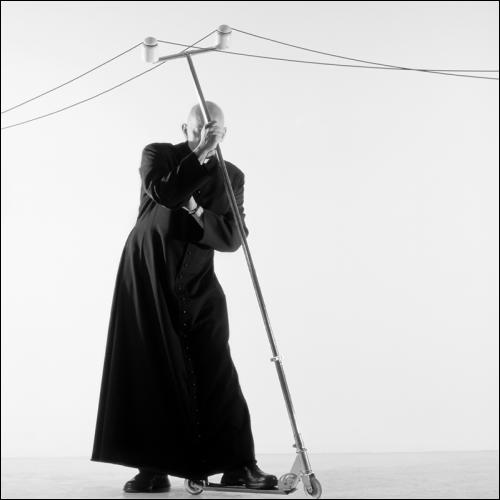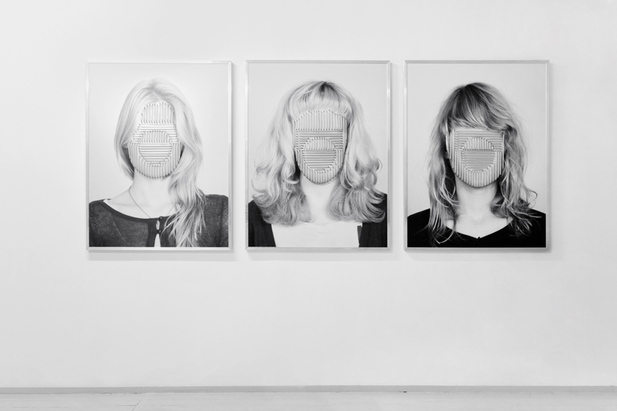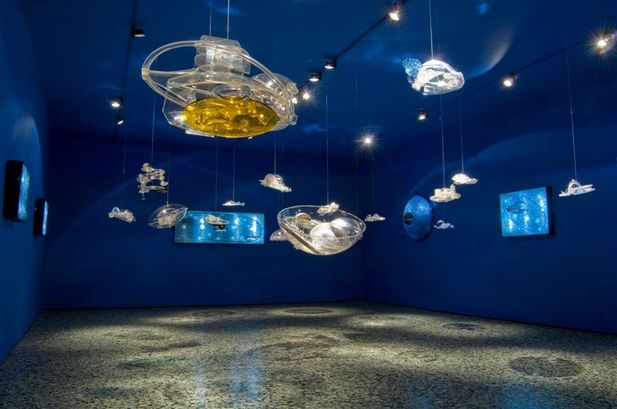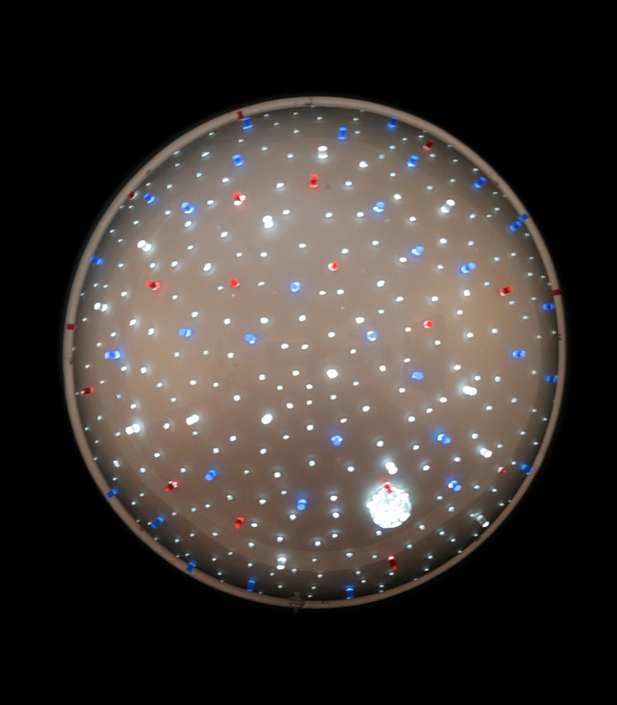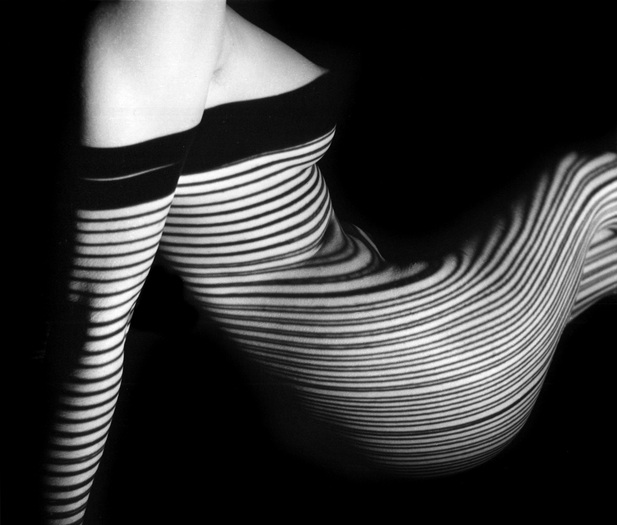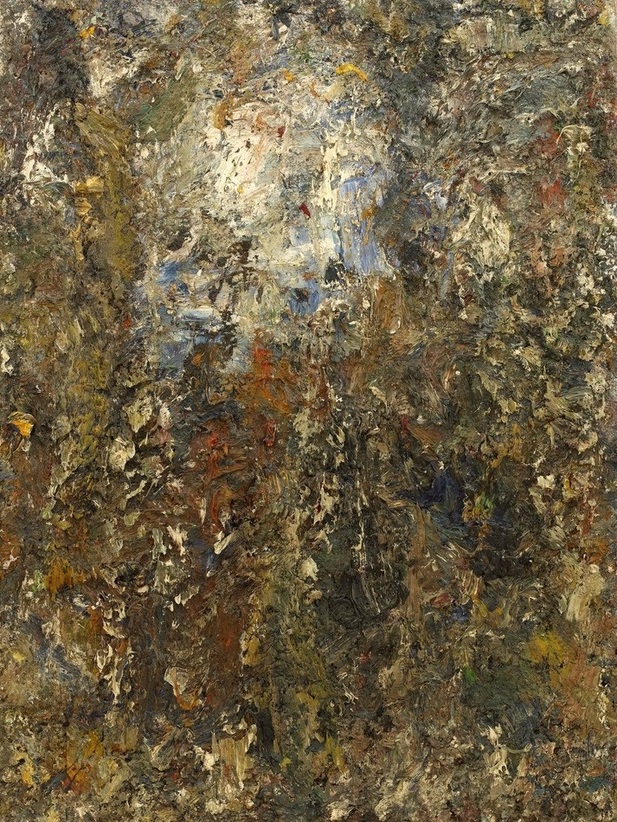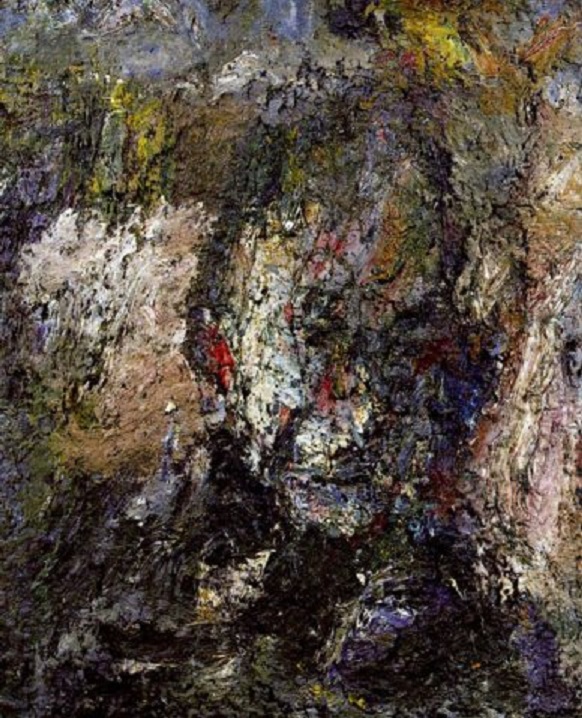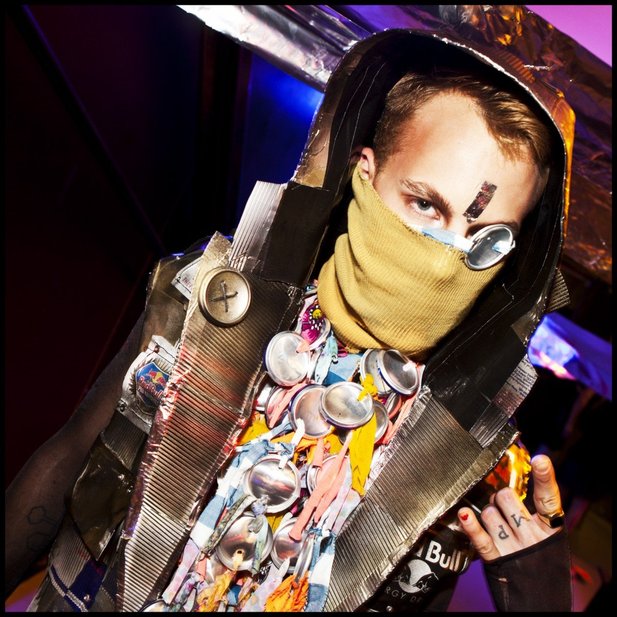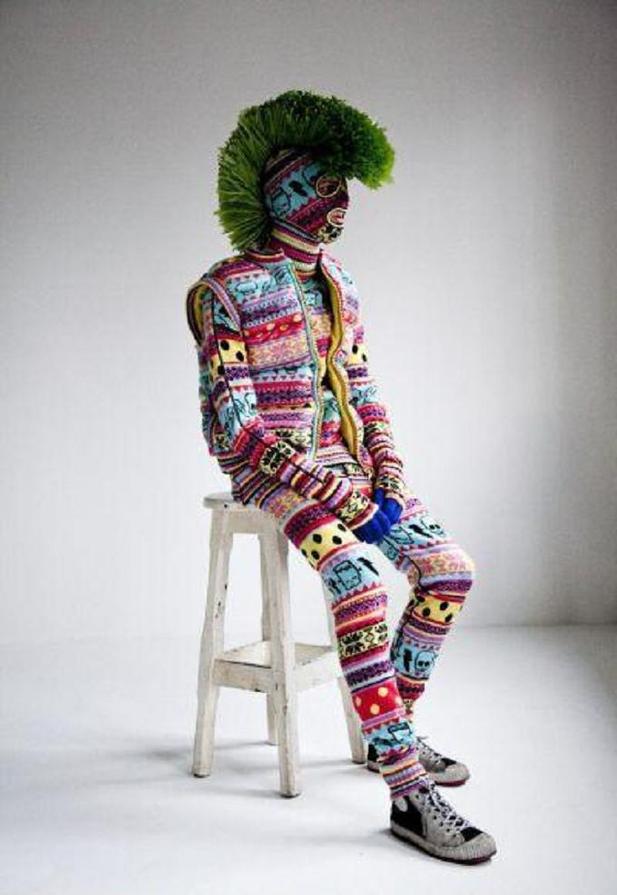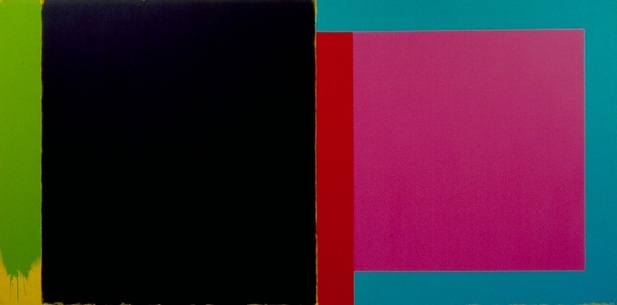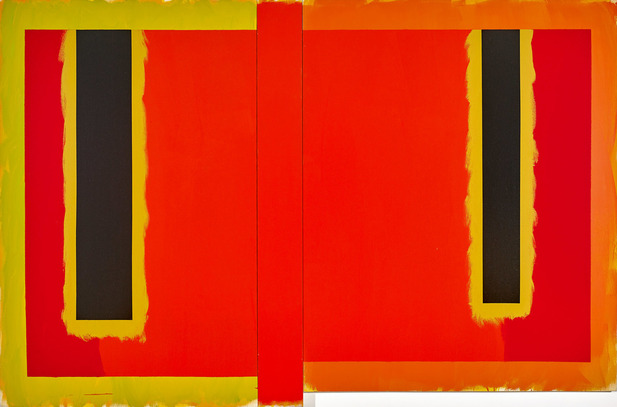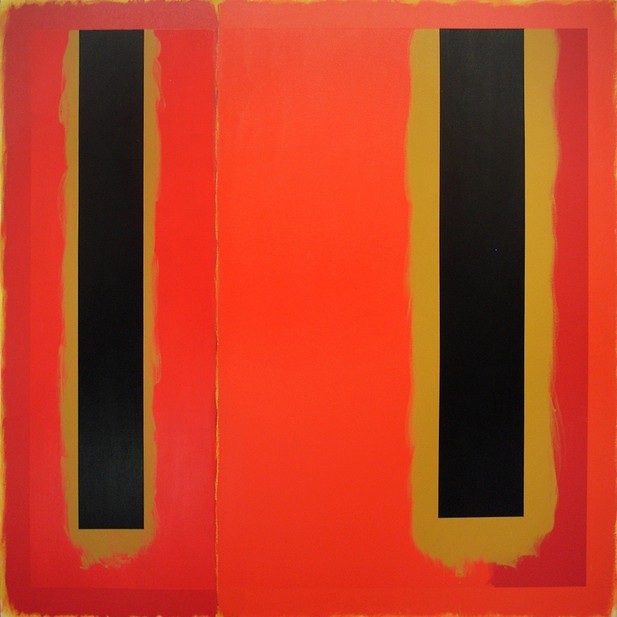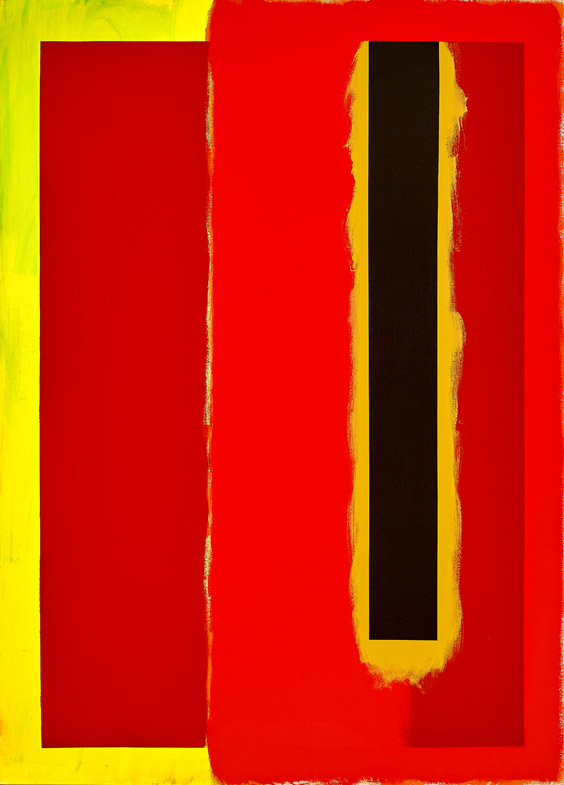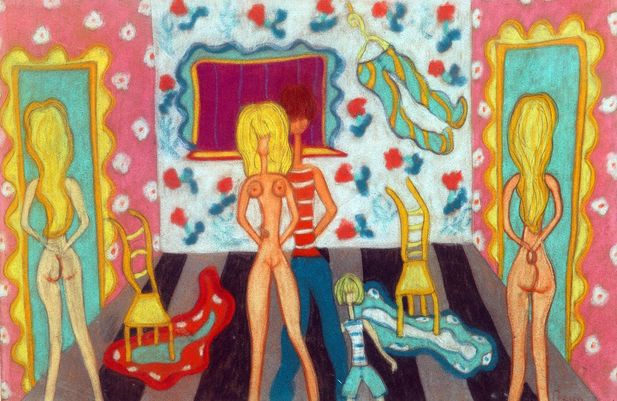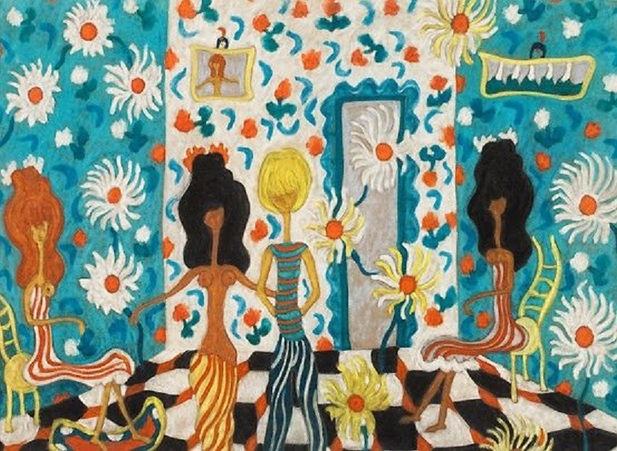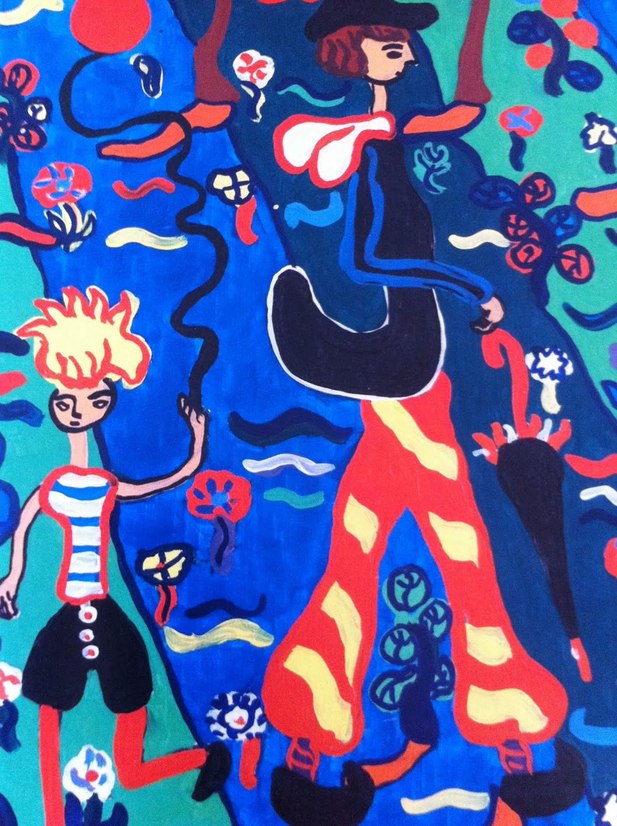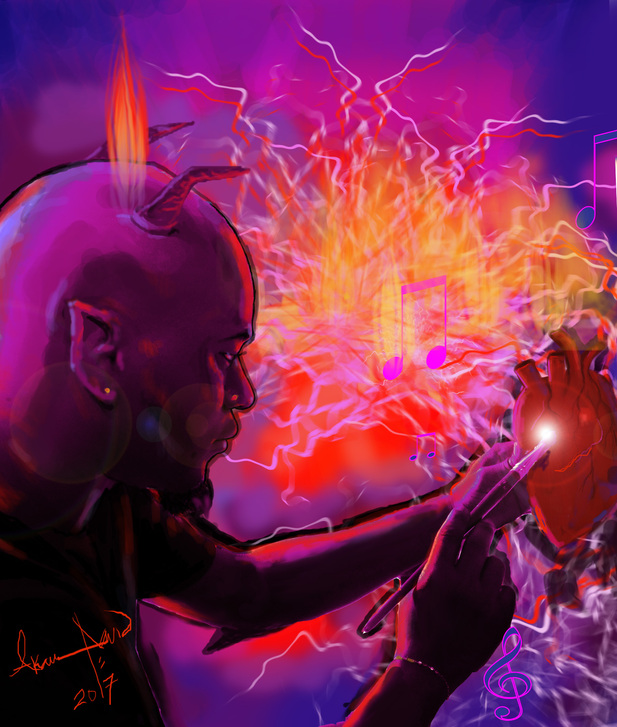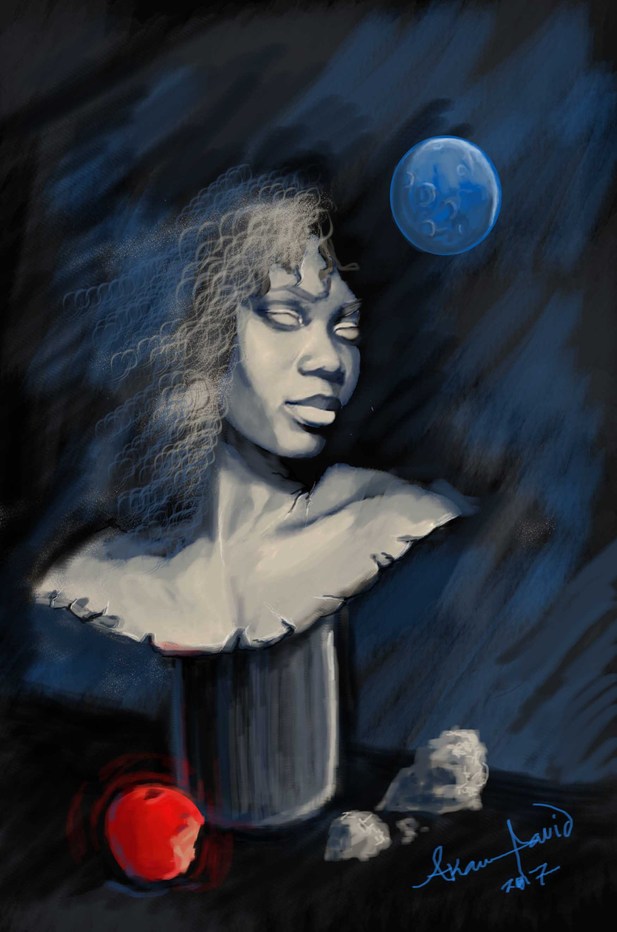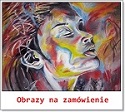Performances visual art Leszek Knaflewski
«A visual artist and pedagogue, Leszek Knaflewski was born in Poznań on the 8th of May, 1960. He created installations, objects, photographs, drawings, video works and sound performances. From the 1990s, he split his activity between visual arts and music. He died suddenly on the 6th of September, 2014.
Knaflewski’s works are not easily interpreted or analyzed, but instead conjure loose associations – their goal is to tease the viewers’ imagination. During the ‘90s, he kept returning to the use of root-like forms in his pieces – treating them as a symbol of the forces of life, growth, and upward expansion. The artist also tended to present them in the form of a cross and present as a metaphor for the human body. In his work Para (A Couple, 1990), two long, wavy roots, topped off with cross-shaped ‘heads’, rest on white sheets strewn around a muddy floor. The life-like roots/crosses resemble a pair of lovers in an intimate position. In his other works from that period, (Akt/The Nude, 1993, Siedząca/The Sitting Woman, 1994), root-like forms were used to reinterpret the subjects of classical art. The artist also used miniature pieces of plants that looked like spermatozoa. Paintings from the Kalendarz/The Calendar series were made up of hundreds of such mini-roots placed on interfacing flakes. In other works, clusters of roots were intertwined with half-burned matches whose heads faced upwards, laid out on a delicate net made out of hair. In Knaflewski’s works, the natural, organic materials are intermixed with objects borrowed from material culture and transformed into very expressive, yet puzzling figures.
In 1999, Knaflewski began to introduce sound into his works. He built instrument-like objects, such as Trumna elektryczna/The Electric Coffin, which he could play to create acoustic space installations. Initially, the performances with electric coffins also included Partytury/Scores with notes made out of the spermatozoa-roots. He first performed with this instrument-object at the AT Gallery in Poznań. In his following sound performances, he developed the layers of music. Each appearance was entirely unique, as the performances were largely improvised. The sounds, produced with the use of a bell, one string, and the coffin’s body, were amplified. The motif of a coffin also appeared in Knaflewski’s Balet biernego oporu/Ballet of Passive Opposition (2000) – an installation comprising three transparent Perspex coffins, filled with little roots. Above them, he hung a shower head whose hose was finished off with a metal skewer. In his subsequent works – Catolic-cola (2001) and Killing me Softly (2005) – Knaflewski set his sights on contemporary consumer culture and clericalism. Catolic-cola is a monumental installation resembling the back wall of a bar. It is made up of a light box with an image of a horse tilling the ground with a cross and a set of shelves with identical mud-filled glasses lined up on top. The glasses and the light box are decorated with a sign based on Coca-Cola’s logo. By turning the cross into a plough, the artist made a reference to the activity of the Catholic Church, which functions in a similar way to superficial popular culture. The Killing Me Softly cycle (an intentional reference to Roberta Flack’s classic hit) is made up of eight large-format, black & white lightboxes, on which the artist is posing as a priest. The perfectly-designed photo shoot is made to resemble advertisements for luxury products. The figure of the preacher was presented in ambiguous situations – their significance, sometimes controversial or sometimes just obscure, is hard to read in accordance with traditional Christian symbolism. Knaflewski, wearing a custom-made cassock, poses with a balaclava – a clear attribute of terrorists – and a machine gun, with pearls in place of his teeth, or steering the Holy Spirit’s dove (with an antenna on its head) with a joystick. In this multipart piece Knaflewski raises critical questions about the authority of priests and tackles the symbolic dimension of the figure.
(Author: Ewa Gorządek, April 2011; update: LS, AS, September 2014 culture.pl )

